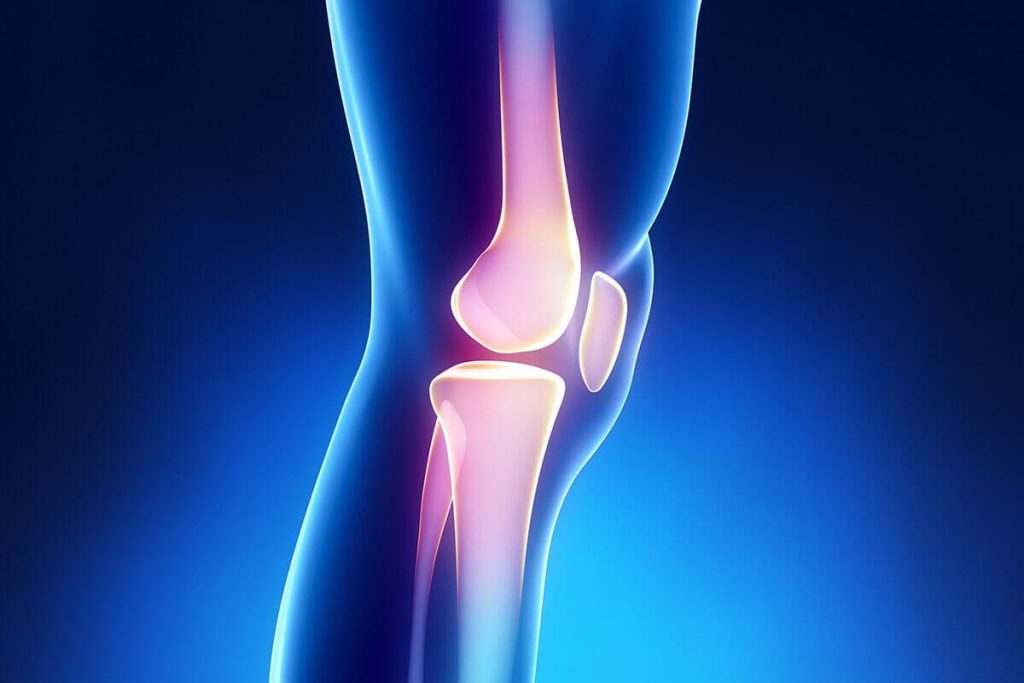Chronic pain is generally defined as pain lasting more than 3 months. Many conventional treatments aim to reduce symptoms rather than address the root causes. Two advanced therapeutic approaches—Regenerative Medicine and Neuromodulation—are increasingly used when standard methods fall short. Here’s a closer look at how they work and what to consider if you’re exploring them.
1. Regenerative Medicine
Platelet-Rich Plasma (PRP)
- What It Is: A small amount of your blood is spun in a centrifuge to separate platelets (which are rich in growth factors) from red blood cells.
- How It Helps: When injected into injured tissues, these platelets can promote natural healing and tissue repair.
- Cost & Coverage: PRP injections are typically not covered by insurance. Our clinic offers PRP for approximately $750.
Stem Cell Options
- What It Is: Stem cell therapy uses cells harvested from bone marrow or fat to deliver a stronger, more sustained regenerative effect than PRP alone.
- Why Consider It: This approach may be beneficial for complex or long-term injuries.
Tenex (Water-Assisted Debridement)
- Procedure: A minimally invasive technique that uses a specialized instrument to flush out damaged tissue, encouraging healthier tissue to grow in its place.
- Setting: Usually performed in a surgery center.
2. Neuromodulation
Interrupting the Pain Pathway
Chronic pain can cause the nervous system to become overactive, creating a feedback loop that intensifies pain signals. Neuromodulation disrupts this loop by delivering gentle electrical impulses.
Peripheral Nerve Stimulator (PNS) & Spinal Cord Stimulator (SCS)
- How It Works: A tiny electrode is placed near the affected nerve or along the spinal cord. Low-level electrical pulses help block pain signals before they reach the brain.
- Trial Period: A 7-day trial is often done first. Continued treatment usually requires at least 50% pain relief during this trial.
- Insurance Coverage: Many insurance plans cover these devices if certain criteria are met.
- Learn More: Explore our deeper dive into Peripheral Nerve Stimulation on com/blog.
TENS Units
- Non-Invasive Option: Transcutaneous Electrical Nerve Stimulation (TENS) devices are applied externally to the skin for basic electrical pain relief.
- Accessibility: Often available over the counter or through insurance with a prescription.
Disclaimers
General Education
This post is for general educational purposes and does not substitute for professional medical advice. Always consult a qualified healthcare professional before making changes to your treatment plan.
Longevity SMAs
Our Longevity Shared Medical Appointments (SMAs) focus on wellness and longevity, offered through the CRISSP Longevity Clinic (separate and out of network). A separate fee may be required per session.
Insurance & Fees
Regenerative procedures (e.g., PRP, stem cell injections) are typically not covered by insurance. Neuromodulation may be covered under specific guidelines. Discuss all financial considerations with our billing department.
Affiliate Links
Some links in our posts may be affiliate links. If you click on these links and make a purchase, we may receive a small commission at no additional cost to you.
Final Thoughts
Regenerative Medicine and Neuromodulation represent cutting-edge options for those dealing with persistent, hard-to-treat pain. By targeting the source of the problem—either through natural tissue repair or interrupting abnormal pain signals—these therapies may offer new hope for lasting relief.
Warm regards,
Dr. Kunj Patel & Dr. Rachita Navara
CRISSP Clinics
https://crissp.net


 415-455-3237
415-455-3237